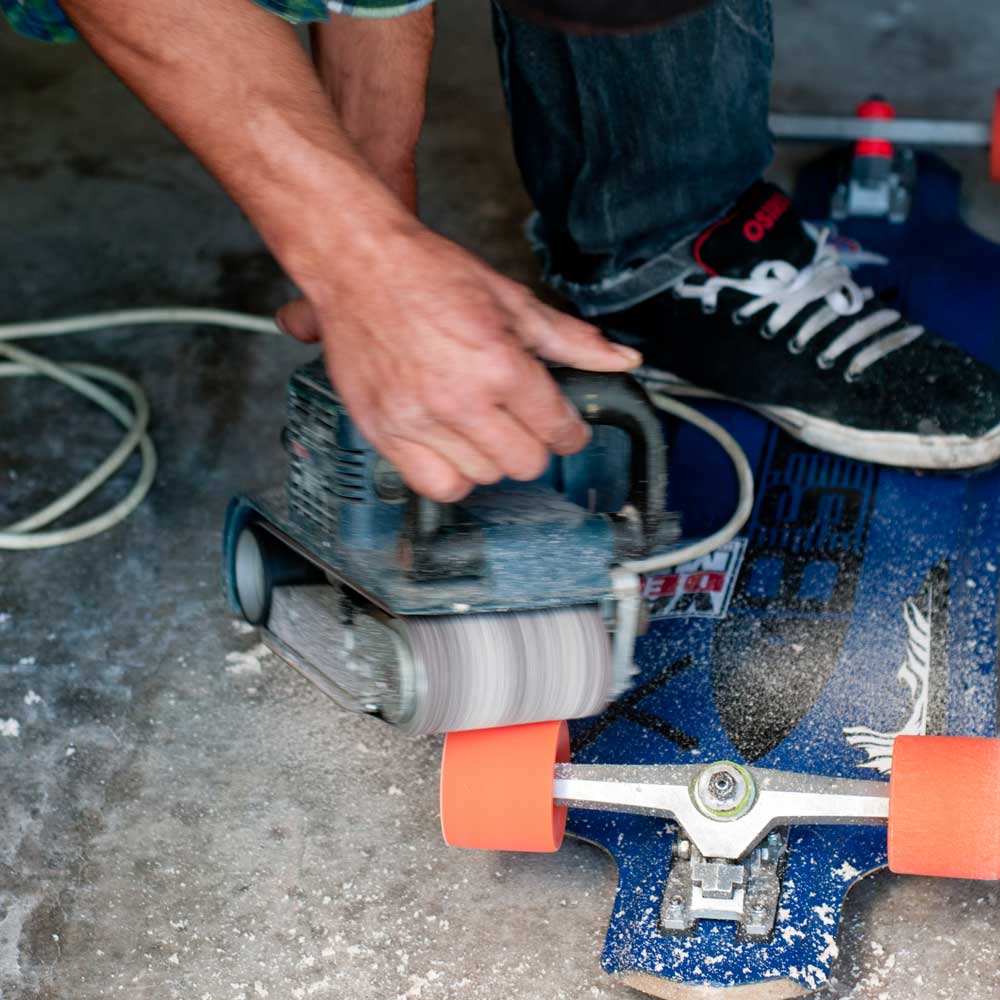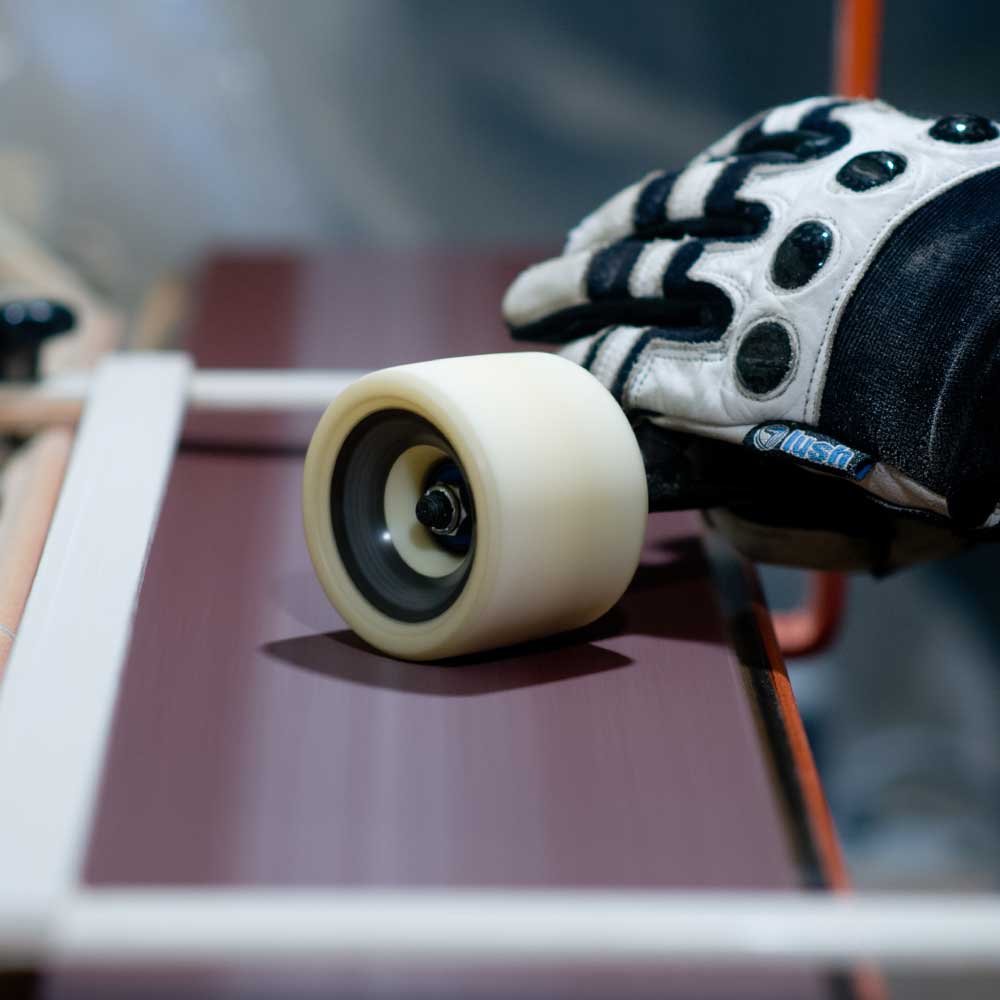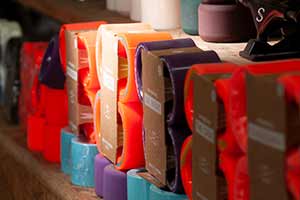How to remove flatspots from longboard wheels
If you're a fan of big slides and drifts, especially on soft wheels at speed, then you'll be familiar with the dreaded flatspot.
Get a slide a little bit wrong and you can trash a set of wheels in just a few meters!
It's easy to avoid flatspost whlst sliding by holding your board slightly off ninety degrees as you're in the slide. But if the worst happens and one of your wheels stops spinning, here's a quick and easy way to bring your wheels back from the dead.
This is also a quick and easy way to break your wheels in without sliding them. Whilst you can buy stoneground wheels new, using this technique will allow you to convert a set of fresh or new wheels into a set for learning to slide on, or just freshen up a set of trashed wheels that you have lying around the place.
Once you get the hang of it you can also add bevelled and rounded edges to wheels, breathing a new lease of life back into some wheels that you might otherwise consign to the dustbin.
Method 1 - Do it on your board
This is the easy way. Just take a hand-held belt sander to your wheels while they're still on your board! You can do this with a simple hand-held belt sander, which is cheap to pick up if you don't have one already.
Use the spinning belt to run the wheel up to speed, then hold the sander at an angle to the wheel to remove surface material.
This works really well as long as the wheel is spinning nice and fast. You should be able to feel any flatspots as the sander will be vibrating, so as soon as the vibrations stop, you're good to go.
Aim to keep the running surface of the wheel flat by holding the sander as level as possible - try to avoid coning the wheel or sanding more off the edges of the wheel than in the middle.

Method 2 - Bench mounted sander
This gives you more control and is better if you have a lot of wheels to do - but it requires a big, expensive bench-mounted belt sander (as we have here).
Mount your wheel to a truck hanger using some regular skate bearings.
The principal is exactly the same - just use the spinning belt to keep the wheel spinning, and remove material from the surface of the wheel by angling the wheel to the direction of belt travel.
As you're using a bench mounted tool, you'll probably be doing this inside - so make sure you wear a dust mask and/or use dust extraction. Urethane dust is really, really bad for you if you breathe any in!
It's also a good idea to wear some decent gloves as you're getting quite close to the belt doing this.

Things this technique is good for
Once you get the hang of moving the belt sander around, you can do all sorts of cool things apart from removing flatspots to your old longboard wheels. Why not try:
- Adding a rounded edge or bevelled edge to make some sick freeride wheels
- Rescue a coned set of wheels so that it's flat and level again
- Stonegrind a set of old race wheels for super-predictable sliding.
- Even if your wheels are already broken in, you may find that running a belt sander over them will help them slide more predictably. Doing this creates a very smooth and even wear pattern, which inevitably translates to a smoother slide.
- It's definitely considered uncool to do this to make it look as though you've cored a set of wheels... Don't do it!
If you're very lucky and have access to a metal lathe, then that's really the ultimate way to remove flatspots... but a belt sander and some practise does the job just as well.






